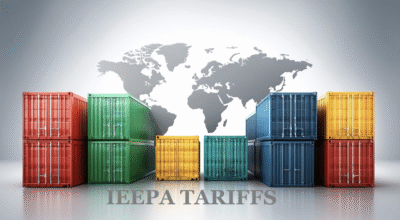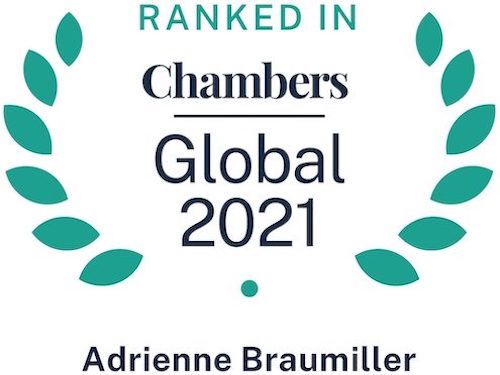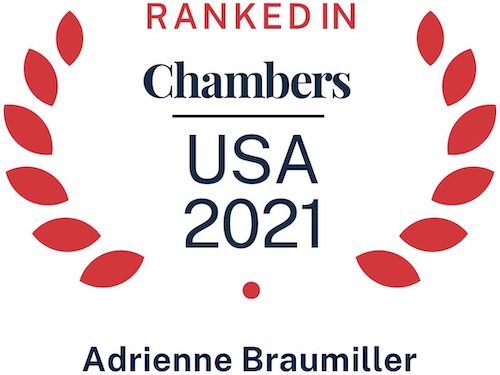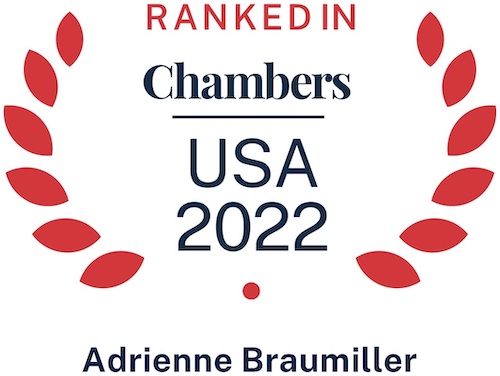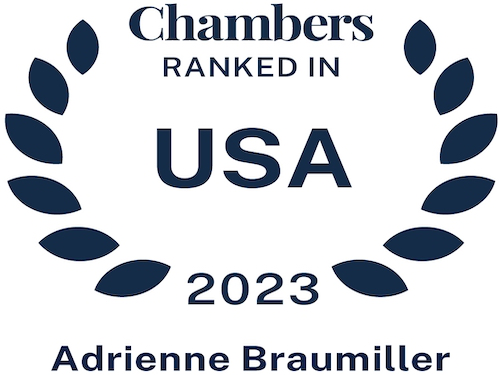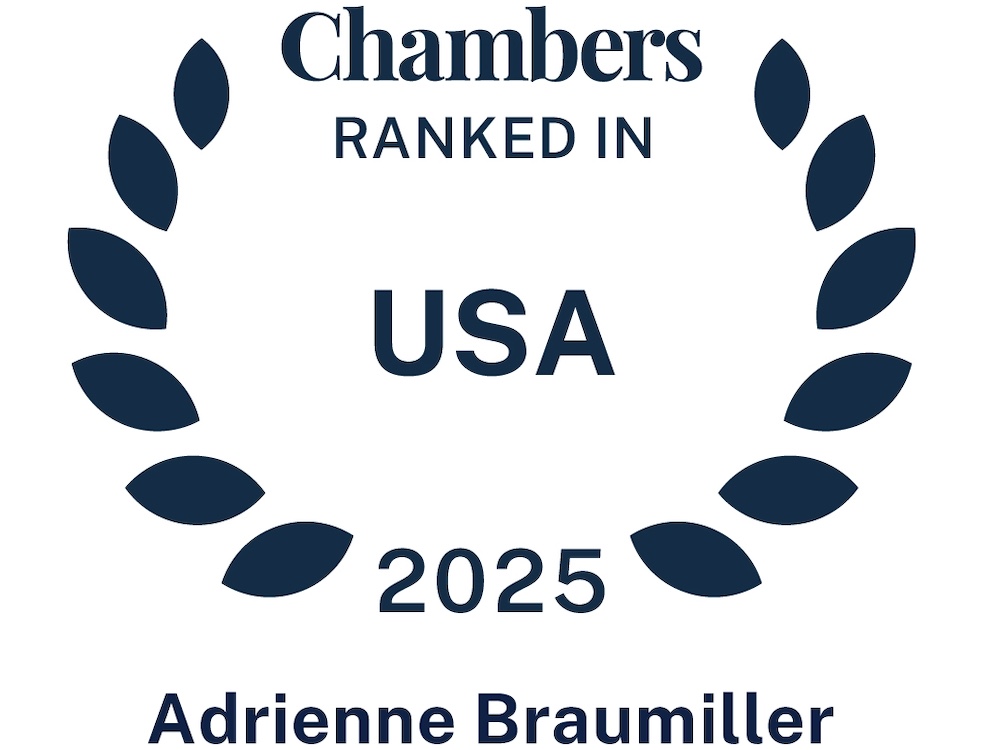Tariffs Legal Decisions Under IEEPA Raise Constitutional Issues for Circuit Courts
By James R. Holbein, Braumiller Law Group PLLC
Several lawsuits challenging the legal validity of the tariff actions taken by President Trump since he took office on January 20, 2025, are in process of moving through the federal courts. They raise a variety of important jurisdictional and constitutional questions and seem poised to lead to challenges in federal circuit courts and the Supreme Court.
CIT Decisions Finding IEEPA Tariffs Unconstitutional
A three judge panel of the Court of International Trade (CIT) has ruled in two cases recently (VOS Selections, Inc. v. Trump and the State of Oregon v. Trump) that the Presidential actions taken under the International Emergency Economic Powers Act (IEEPA) (50 U.S.C. §§ 1701–1707) to impose tariffs on Canada, Mexico and China for illegal immigration and fentanyl smuggling are unconstitutional. The judges reasoned that the tariff actions taken do not deal with the emergency upon which the actions were based and were not delegated by Congress to the Executive Branch by that statute and therefore exceed the President’s tariff setting authority under the Constitution.
Similarly, the same three judge panel found that the “Reciprocal” tariffs imposed under IEEPA on a large number of countries at very high rates and then rolled back to 10% for all countries based on tariff spikes and persistent trade deficits, are also unconstitutional. The judges found that those tariff actions exceed the President’s authority under the statute without a specific grant of authority by Congress to impose such broad tariffs. After finding the IEEPA tariff actions to be illegal and unconstitutional, the CIT vacated the tariff orders and permanently enjoined their operation. Although the court’s ruling implies that all tariffs paid under the IEEPA orders must be refunded, the judges did not address that issue.
Both decisions have been appealed to the Court of Appeals for the Federal Circuit (CAFC). The CAFC has issued a temporary stay of the injunction while briefs are filed and it has an opportunity to decide the merits of the appeal. Therefore, all tariffs imposed by the Trump White House this year shall continue to be collected until the CAFC decides the appeal. However the CAFC decides, the major Constitutional issues in play essentially ensure that the cases will be appealed to the Supreme Court.
Jurisdiction Divide
The CIT judges found that they have exclusive jurisdiction to hear the cases because the IEEPA tariffs were put into effect through changes made to the U.S. Harmonized Tariff Schedule (HTS), described by the judges as “the law of the United States setting tariff.” The CIT judges found that the CIT has exclusive jurisdiction to hear the actions under 28 U.S.C. § 1581(i). They also declared that other federal district courts do not have jurisdiction of any matter within the CIT’s exclusive jurisdiction under 28 U.S.C. § 1337(c). The court held that for the purposes of Section 1581(i), a case “involving a challenge to a presidential action that imposes tariffs, duties, or other import restrictions is one that arises from a ‘law providing for’ those measures.”
In another decision made by the U.S. District Court for the District of Columbia, (Learning Resources, Inc. v. Donald J. Trump, D. D.C. # 25-01248), the district judge took another line of reasoning to declare jurisdiction over cases involving tariffs imposed under IEEPA based on the simple fact that the IEEPA does not provide for tariffs, leading to the conclusion that the CIT lacks exclusive jurisdiction under that law. The DC court found that the IEEPA tariff actions were illegal as to the individual plaintiffs and then stayed its decision pending review by the Court of Appeals for the District of Columbia Circuit.
Constitutional Issues
The major Constitutional issues raised by these decisions include separation of powers, the nondelegation doctrine whereby Congress must provide an intelligible principle for the President a set tariff rates, and the major questions doctrine which requires Congress to “speak clearly” if granting broad delegations of its Constitutional power. While the jurisdictional issue raised by the DC District Court is not a constitutional challenge, it does raise the possibility of different circuit courts reaching competing decisions on constitutional questions, something which the Supreme Court will often take into account when choosing what cases to consider.
The nondelegation doctrine, according to the CIT judges, states that Congress must “lay down by legislative act an intelligible principle to which the person or body authorized to fix such [tariff] rates is directed to conform.” The separation of powers of the three branches of government is a fundamental principle of the Constitution that indicates that “an unlimited delegation of tariff authority would constitute an improper abdication of legislative power to another branch of government.”
The major questions doctrine says that when Congress delegates powers of “‘vast economic and political significance,’” it must “speak clearly.” The CIT judges found that “Congress’s use of the words “regulate . . . importation” in IEEPA does not indicate the clear mandate necessary to delegate “such unbounded authority to the President to make such decisions of ‘vast economic and political significance,’” as the wide-scale imposition of tariffs.” … “(a)n unlimited delegation of tariff authority would constitute an improper abdication of legislative power to another branch of government.”
The three-judge panel was clear about the outcome of its decision. “Regardless of whether the court views the President’s actions through the nondelegation doctrine, through the major questions doctrine, or simply with separation of powers in mind, any interpretation of IEEPA that delegates unlimited tariff authority is unconstitutional.”
The Government argued that the political question doctrine prohibited the court from enjoining the tariffs. The CIT judges found that argument did not prevent them from interpreting the language of the statute. They analyzed the words “deal with” in some detail to determine that the IEEPA tariffs for immigration and fentanyl trafficking did not “deal with” an unusual and extraordinary threat,” which is not a political question.
Other Cases
Several other cases have been, and are likely to be, raised in district courts other than the CIT. In Montana, a district judge dismissed an IEEPA challenge, finding the CIT has exclusive jurisdiction and inviting the plaintiffs to file their cases in that court (Susan Webber v. DHS). A Florida district court referred it IEEPA challenge to the CIT (Emily Lee Paper v. Trump). Other cases have also been filed at the CIT, so the legal battles over the tariff actions under IEEPA are likely to continue and proliferate for the foreseeable future.
Interestingly, no cases have been filed to challenge the steel and aluminum tariffs imposed under Section 232 (19 USC § 1862) for national security reasons. The underlying investigation permitting such tariffs was conducted in the first Trump Administration under which tariffs were imposed and are still in effect. One could argue that the new imposition of tariffs should be based upon a new investigation. It is obvious that the IEEPA tariffs challenges take precedence over the challenge to the administrative propriety of imposing new tariffs for an old investigation.
The Administration is already pursuing further tariff investigations under Section 232 covering steel, aluminum, copper, timber, pharmaceuticals, semiconductors, critical minerals, trucks, and aircraft, with reports due November 2025 through January 2026. Additional investigations under Section 301 (19 U.S.C. § 2411) for unfair trade practices cover China’s semiconductors, China’s shipbuilding, EU digital taxes, and aircraft subsidies. Determinations are expected by late 2025 to early 2026, depending on statutory deadlines. There are other, untested, statutory bases for bringing further trade and tariff actions, so the potential exists for many more tariff actions despite the potential failure of the IEEPA based tariff actions.

